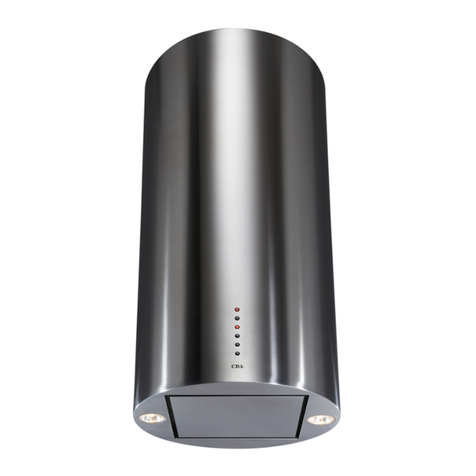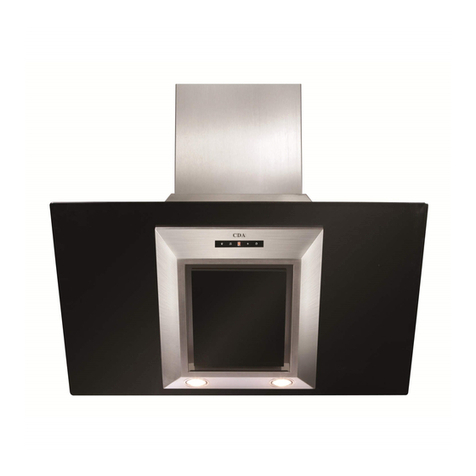CDA EVC41SS User manual
Other CDA Ventilation Hood manuals

CDA
CDA CPXI9 Reference manual

CDA
CDA EGA60BL Installation and operating instructions

CDA
CDA EVPC91 Quick start guide
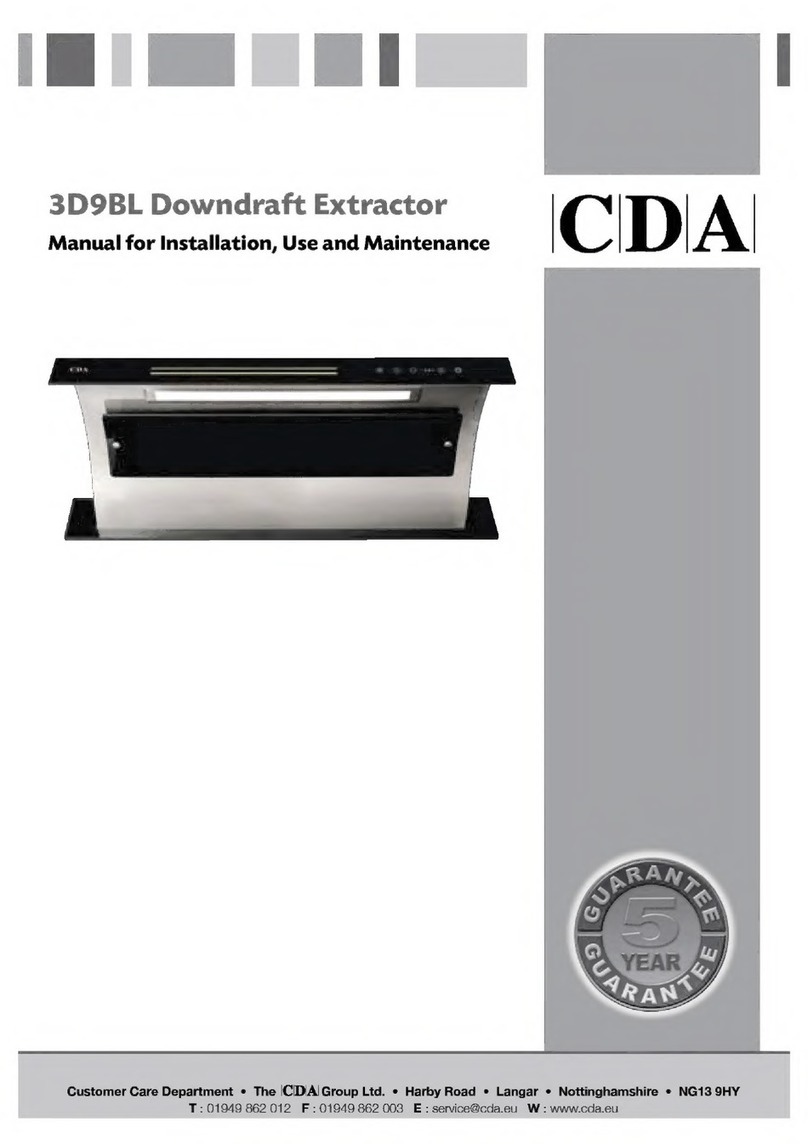
CDA
CDA 3D9BL Reference manual
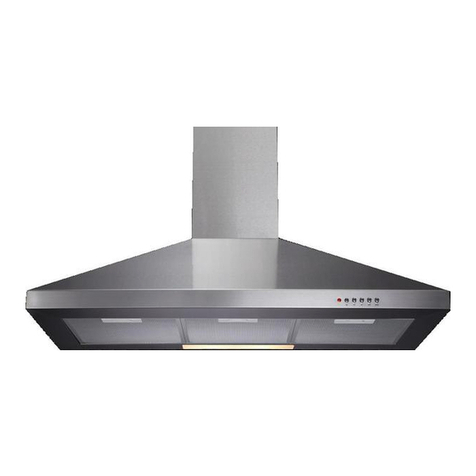
CDA
CDA CHX10 User manual

CDA
CDA ECN62 Reference manual

CDA
CDA 3S10BL Quick start guide
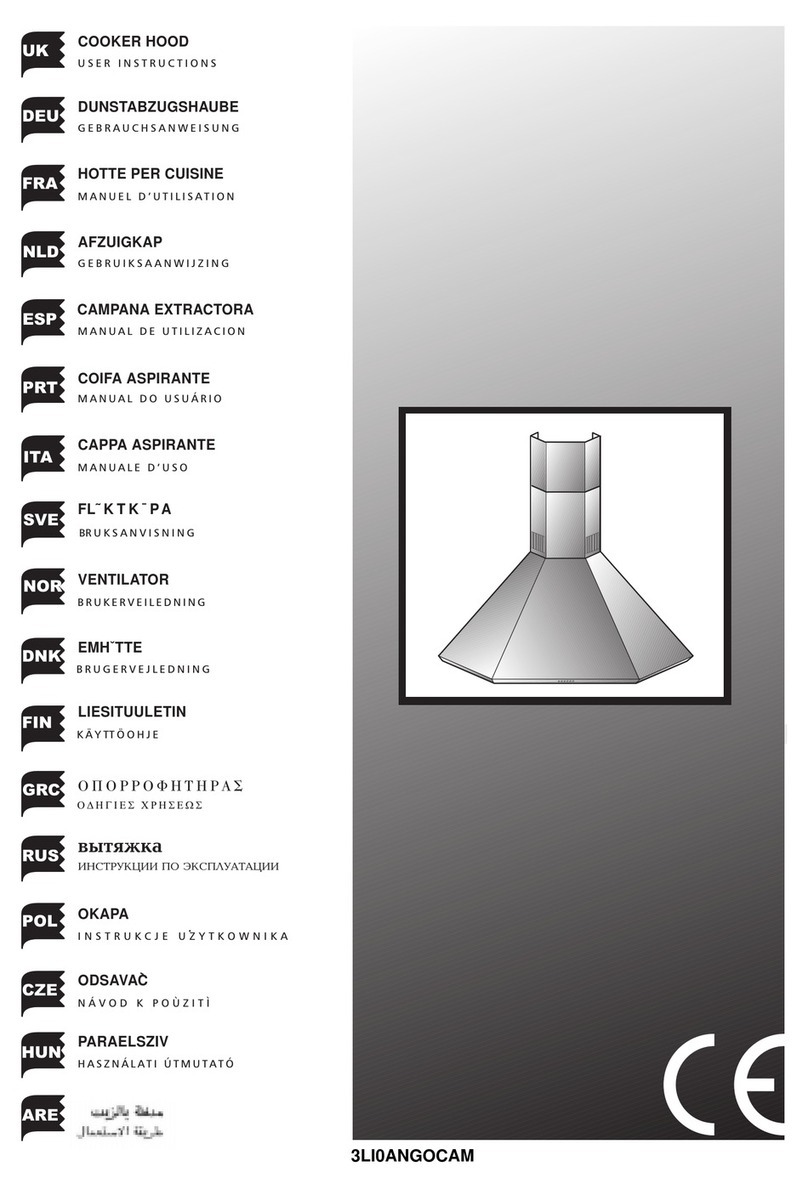
CDA
CDA A1 User manual
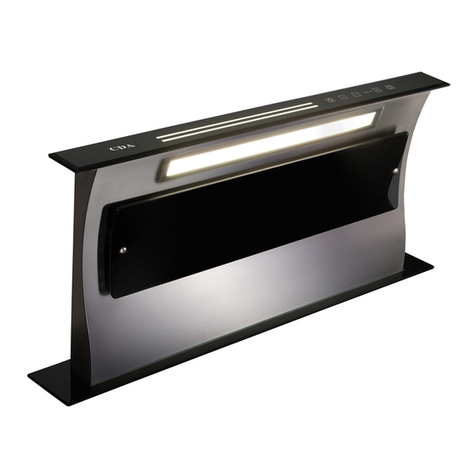
CDA
CDA 3D9BL Reference manual

CDA
CDA CIN6 Reference manual

CDA
CDA CTE9 Quick start guide
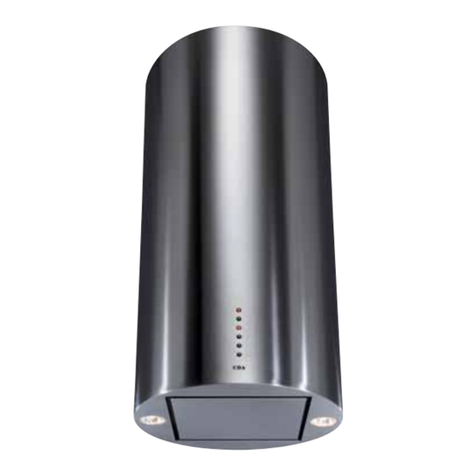
CDA
CDA EVCK4 Manual
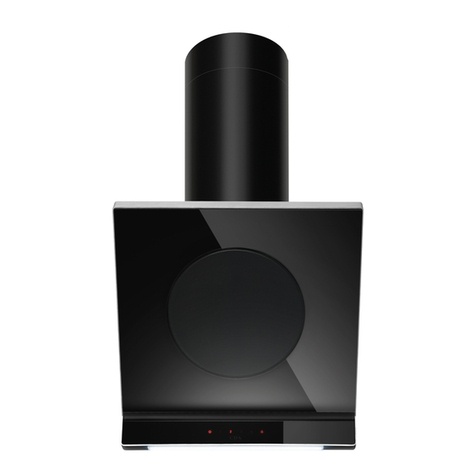
CDA
CDA EZA60BL Quick start guide

CDA
CDA CST62 Installation and operating instructions
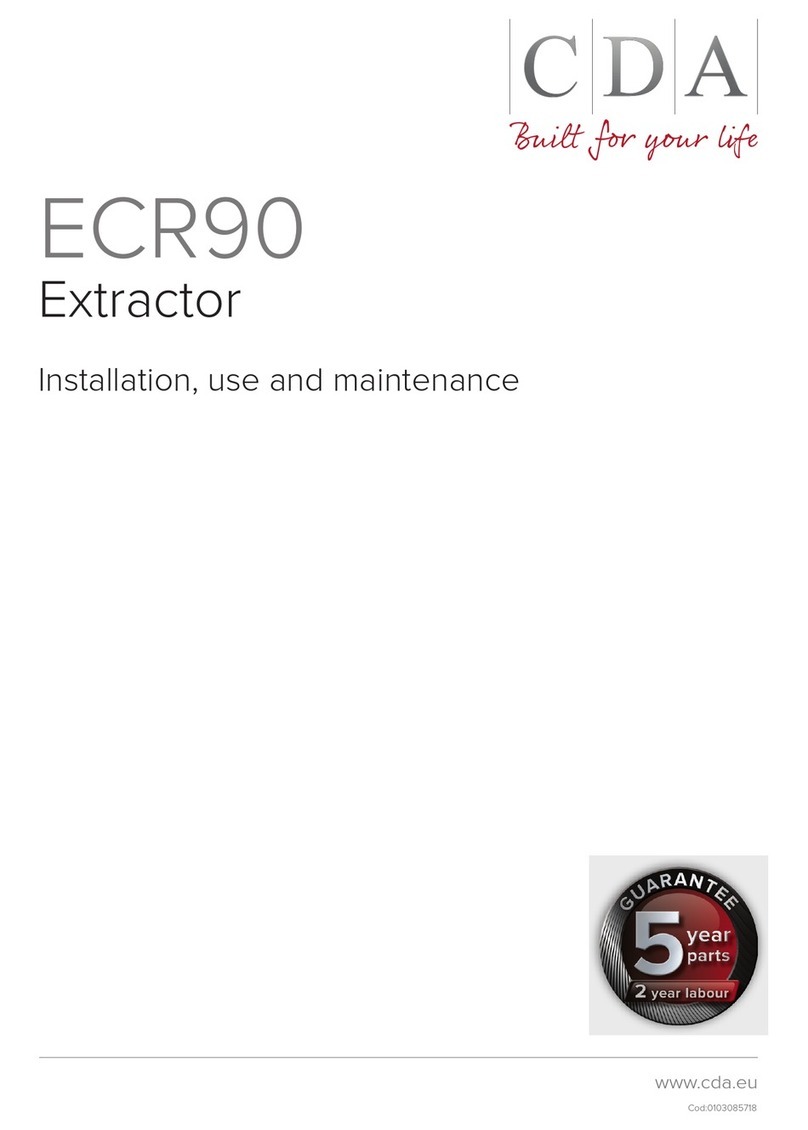
CDA
CDA ECR90CM Installation and operating instructions

CDA
CDA CST6/1 Quick start guide

CDA
CDA EVX90SS User guide

CDA
CDA EVPK90 Specification sheet
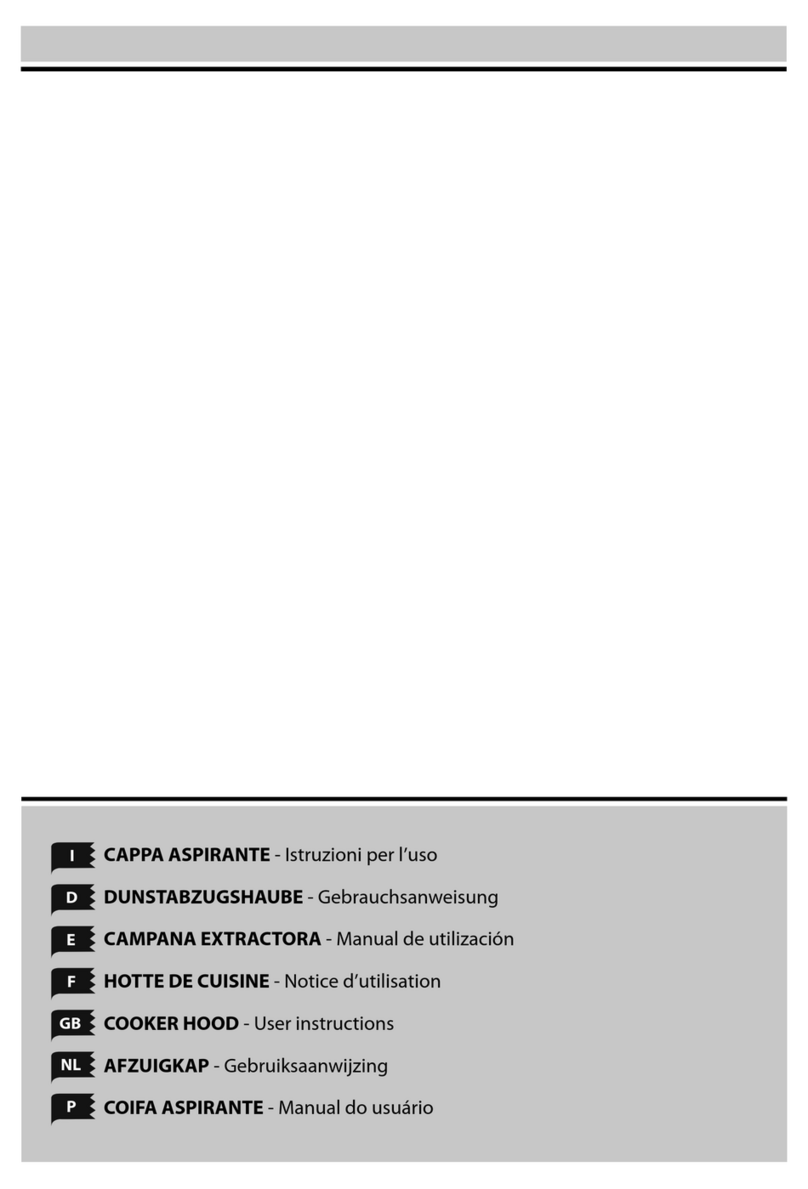
CDA
CDA 3Q9 User manual
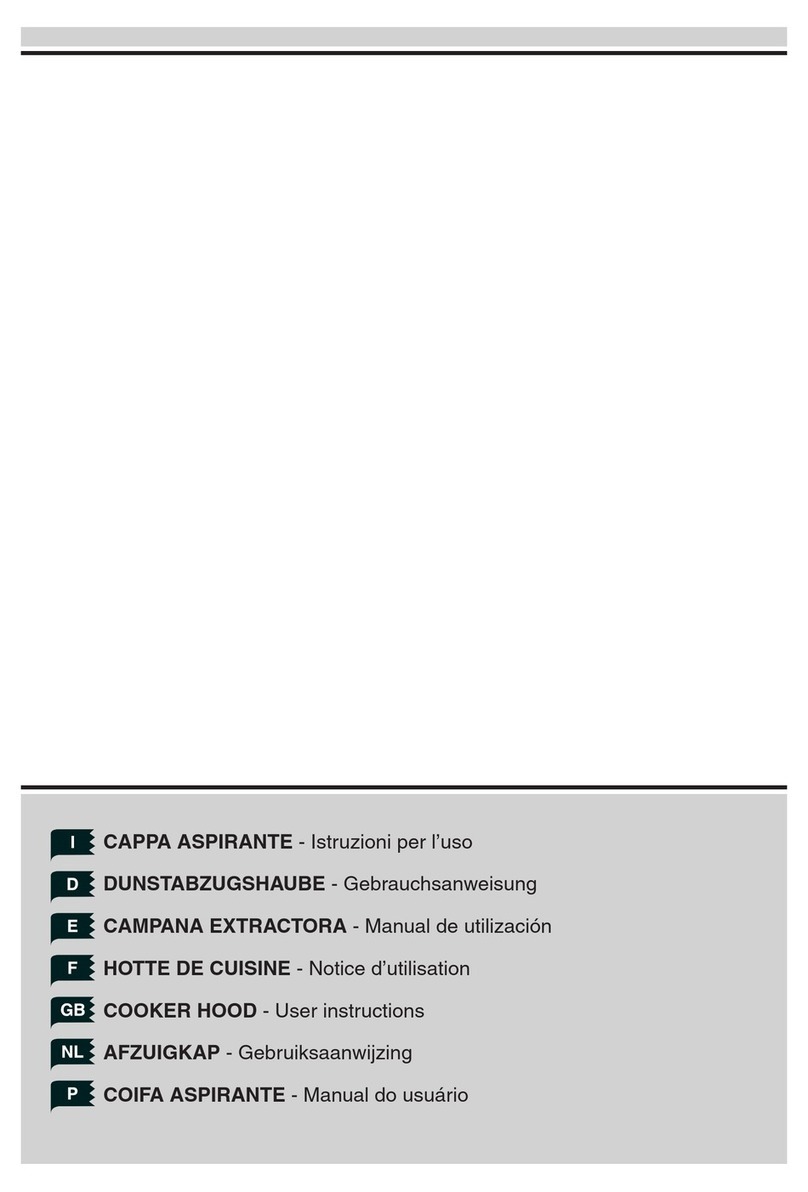
CDA
CDA EVB9 User manual
Popular Ventilation Hood manuals by other brands

Gorenje
Gorenje S3 IHGC963S4X manual

KOBE
KOBE ISX2136SQB-1 Installation instructions and operation manual

U.S. Products
U.S. Products ADVANTAGE-100H Information & operating instructions

Kuppersberg
Kuppersberg DUDL 4 LX Technical Passport

Framtid
Framtid HW280 manual

Thermador
Thermador HGEW 36 FS installation manual
